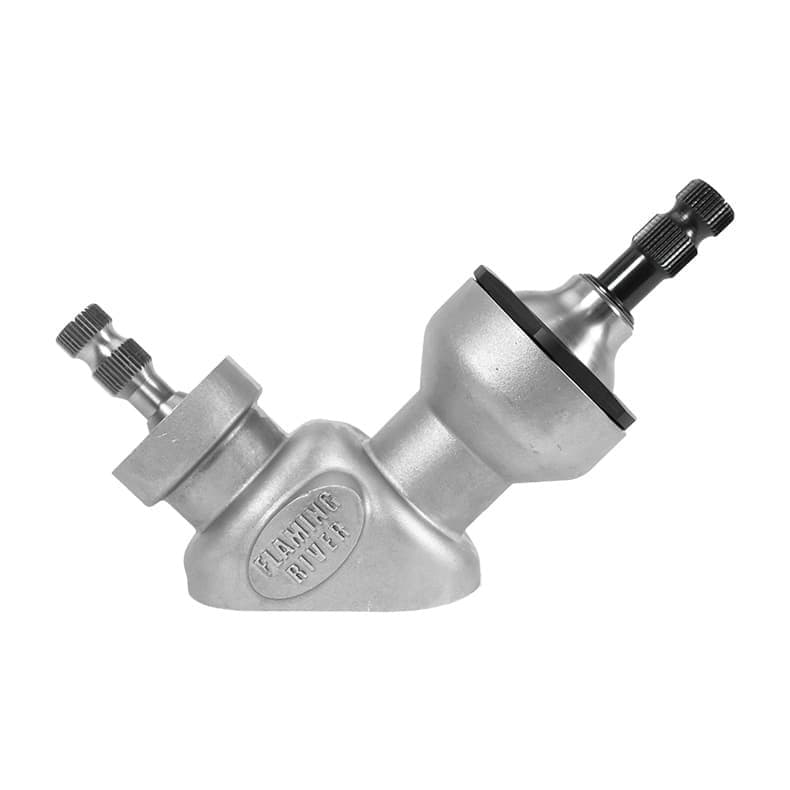Doug M
Supporter
Thanks Folks. I am thinking a 2 inch hole would give me the clearance I need to line everything up. It’s hard to show it in a picture, but it’s almost there… I could probably get away with cutting a 3 inch disc out of the same gauge of aluminum and covering up the 2 inch hole. As for shaping the metal, I’m hesitant to do that for multiple reasons. A small hole covered with a strong box of some type seems to be the strongest, easiest, and cleanest solution.
Also, since it needed to be done anyway, I drained the oil out of my XK6. I removed the oil filter base and oh so carefully ground off some of the aluminum with a sanding disc. This gave me an extra 1/4 of an inch of wiggle room which will come in handy.
Also, I put the manifold and carbs on the engine and did a ‘dry run’ for an oil filter change. It’s a bit of a challenge, but no where near as bad as I thought it would be. So, a remote oil filter won’t be needed after all. And I agree… why complicate things if you don’t have to.
Also, since it needed to be done anyway, I drained the oil out of my XK6. I removed the oil filter base and oh so carefully ground off some of the aluminum with a sanding disc. This gave me an extra 1/4 of an inch of wiggle room which will come in handy.
Also, I put the manifold and carbs on the engine and did a ‘dry run’ for an oil filter change. It’s a bit of a challenge, but no where near as bad as I thought it would be. So, a remote oil filter won’t be needed after all. And I agree… why complicate things if you don’t have to.

